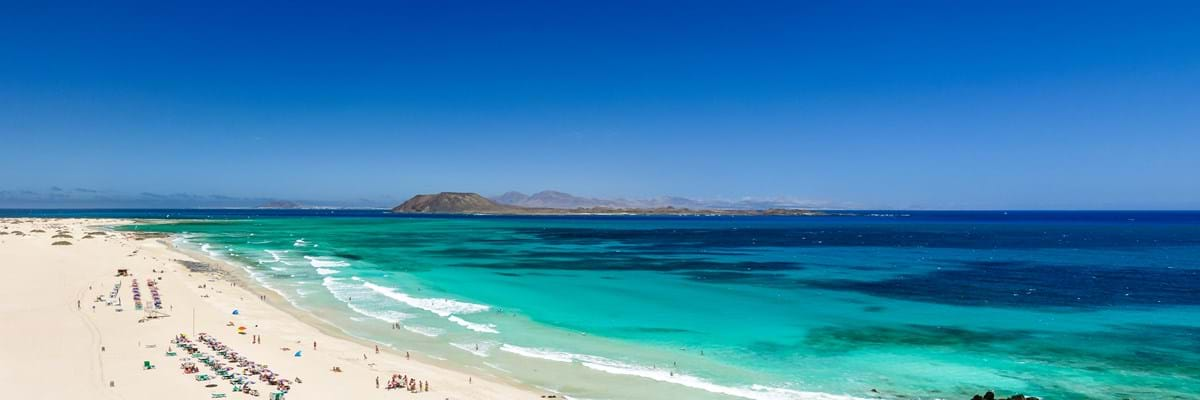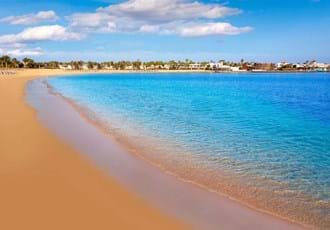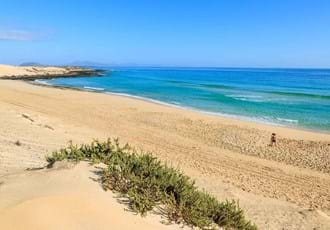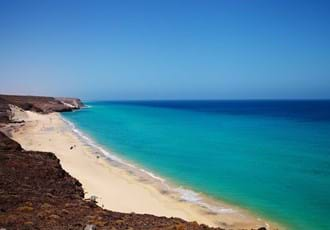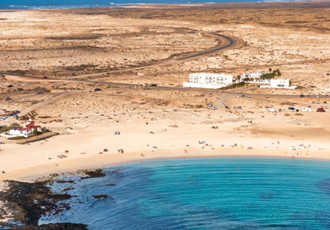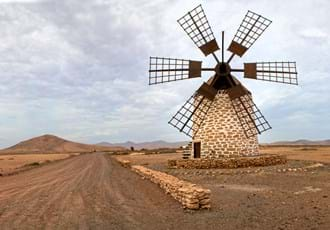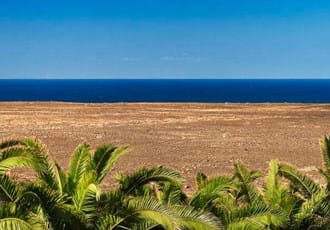Welcome to the three-in-one desert island that promises you a fantastic holiday any time of the year. Fuerteventura is the second largest Canary Island, but it is only 60 miles from the brilliant-white sand dunes in the north to the seemingly endless golden sands of the south.
In between are stunning mountains, plains of terracotta sand, deep valleys and plunging gorges, historic small towns, fishing villages and oases that bristle with palm trees on an island that contains Europe’s largest desert. And even more beaches - Fuerteventura boasts about 150 of them.
With a climate so mild that the sun can shine for six hours a day in the winter you can enjoy this beautiful island whenever it suits you. It rarely rains.
So, let’s explore.
Vibrant Corralejo has a traffic-free centre with a “music square” that bursts into life in the evenings. The town is a tourists’ mecca, busy with shops, restaurants and bars, many of them lining the busy seafront promenade. The fun can go on into the night.
Corralejo has a harbour and a sandy beach which runs into a stunning seven square mile stretch of white sand dunes.
The picturesque southern tip, with mile after mile of sandy beaches and bays, is the main tourist area. Resorts line the magnificent coast but the beaches, even the organised ones, are rarely packed. Only a few miles away is a wild natural park with remote and often deserted beaches.
But wherever you go you will never be far from stylish hotels, fabulous restaurants and atmospheric tapas bars.
On an island where wind surfing and kite flying championships are held each year you will find water-based sports everywhere. There are golf courses, a water park, seafront proms for a gentle stroll, hiking and cycle routes, buggy safaris and camel caravans.
Phew! You could just lie in the sun.



